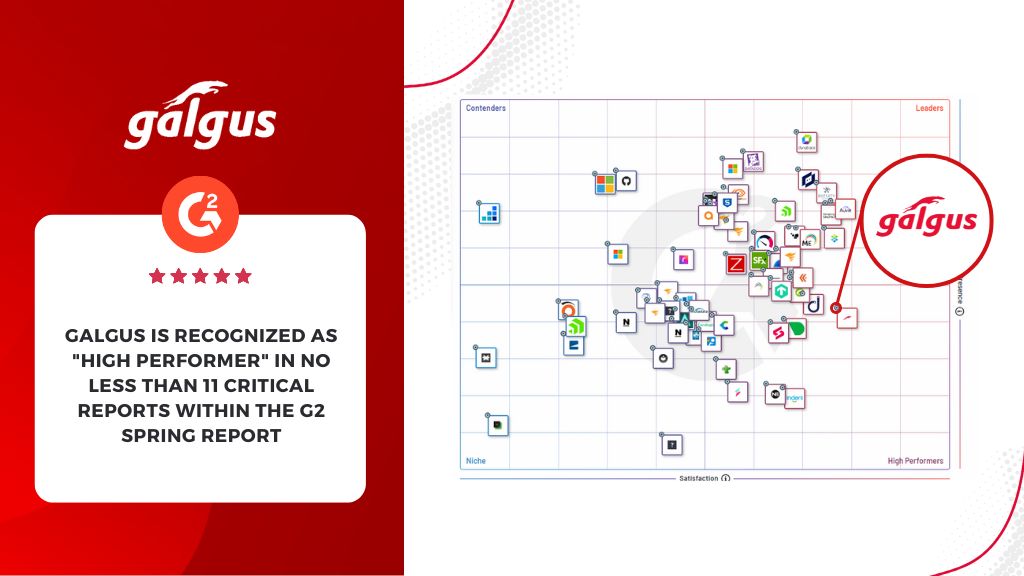The rise of both technologies has many wondering whether or not Wi-Fi 6 and 5G rival each other in the market. To clear up any doubts about this, we bring you this article in which we analyse their situation and tell you how it is possible for them to work together for the benefit of owners, managers and users.
5G, perspective and trends
The deployment of 5G globally is a process that is progressing at different rates depending on the region and country. According to a report by the Global Mobile Suppliers Association (GSA), 5G was commercially available in around 92 countries in April 2023, up from 80 in June 2022. However, another 48 countries still had no deployment or plans to implement the technology.
The report “The Impact of 5G: Creating New Value across Industries and Society”, produced by the World Economic Forum in collaboration with PwC, puts figures on the economic impact of 5G technology on the global economy and on different sectors of activity, such as industry, information and communication, distribution and retail, and the public sector.
This will result in a global economic value of $13.2 trillion by 2035, and the generation of 22.3 million jobs in the global 5G value chain alone.
From a sustainability point of view, it concludes that it can contribute to creating social value in eleven of the seventeen SDGs. The biggest beneficiaries? 55% of its uses will have a direct impact on health and well-being and 40% on innovation and infrastructure.
However, we are also facing a situation with technical, regulatory and security challenges, such as the need for more investment in infrastructure, harmonisation of radio spectrum and protection of personal data.
Wi-Fi 6 and its unstoppable growth
The global Wi-Fi 6 market size was USD 11.59 billion in 2022 and is expected to register a compound annual revenue growth rate of 17.1% until 2032.
The increasing demand for high-bandwidth, low-latency internet connectivity, rapid adoption of Internet of Things (IoT) devices and Industry 4.0 technologies are some of the major factors driving revenue growth in the market.
The market in Asia Pacific is expected to account for the highest revenue. Rapid industrialisation in developing countries in the region and rapid adoption of Industry 4.0 technology by various industry verticals is driving the revenue growth of the market in this region.
The market in North America is expected to grow at a rapid pace during the forecast period. High demand for high-bandwidth, low-latency Internet connectivity and growing demand for a hybrid work-from-home model are factors expected to drive market revenue growth in this region.
The market in Europe is expected to register a steady revenue growth rate during the forecast period, which can be attributed to the rapid growth of Industry 4.0 technologies in several countries in the region.
According to the Wi-Fi Alliance, by the end of 2023, an estimated 473 million Wi-Fi 6E devices will be shipped, reflecting the growing need for the 6 GHz spectrum band to be available to further improve performance and reduce congestion.

Galgus Connect: proving that Wi-Fi 6 and 5G are allies
Contrary to what many may think, Wi-Fi 6 and 5G technologies complement each other perfectly. And to illustrate this, we present our Galgus Connect solution.
Galgus Connect builds on Passpoint technology to create synergies between Wi-Fi and 5G.
Galgus Connect enables 5G networks to “ask for help” from Wi-Fi networks and delegate traffic to them when needed without users having to do anything, all automatically and securely, seamlessly transitioning from one network to another. This is especially true in high user density environments.
In addition, for device counting and tracking (Location & Presence Analytics) it allows for more accurate analytics and higher refresh rates by automatically connecting to the Wi-Fi network.
For the owner of the Wi-Fi infrastructure, it also has a great advantage, as he can monetise it by “renting” it to 5G operators, who move users onto the Wi-Fi network to avoid congestion.
A clear example of the value and potential of Galgus Connect is our Skypass project for airports, which allows users to enjoy seamless and enhanced connectivity. All this without having to intervene at any time and safeguarding their privacy.
In addition, Skypass facilitates decision making for the managers of these environments thanks to advanced real-time geolocation analytics.
As you can see, you need to get the idea of rivalry between Wi-Fi and 5G out of your head. If you are interested in going deeper into this, you can watch this free webinar on Wi-Fi-5G heterogeneous networks, here you have access to it.









